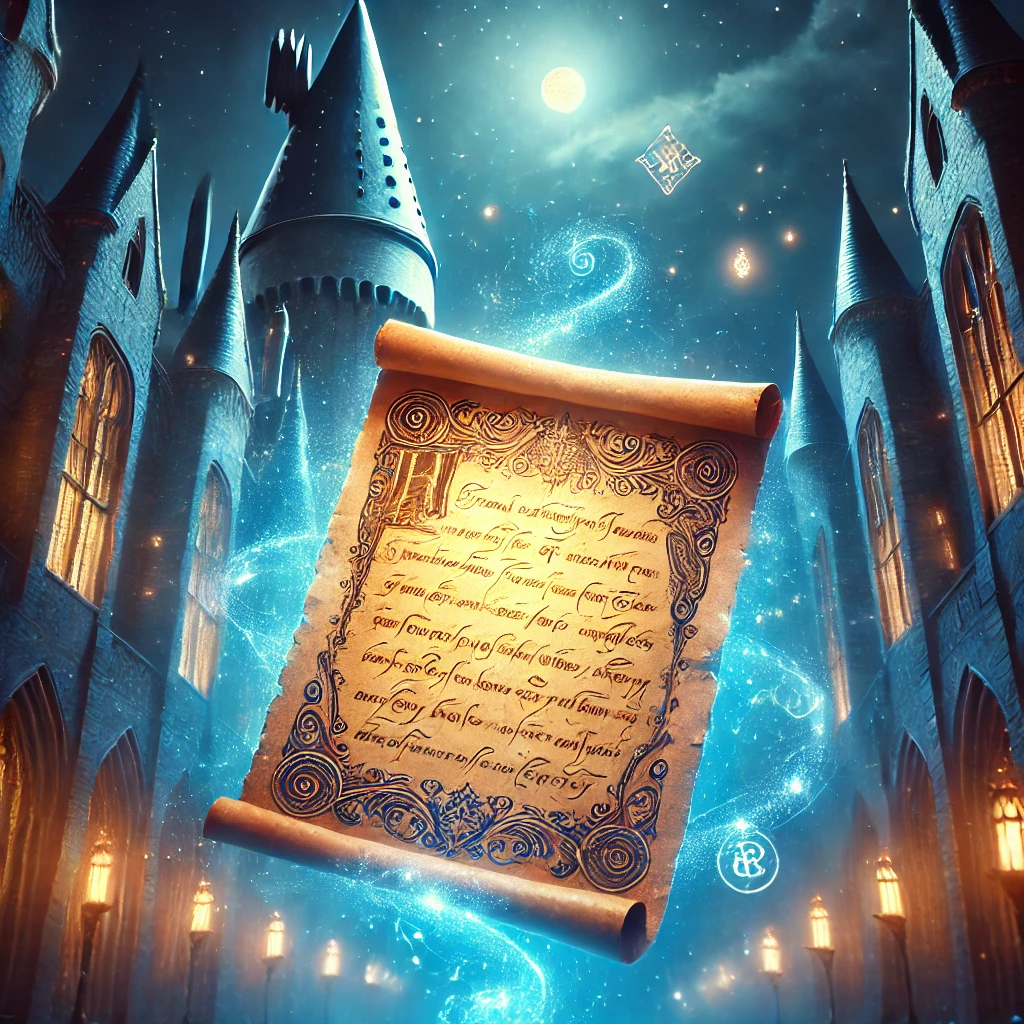Whether presented by magical creatures like the Sphinx or enchanted objects like the Mirror of Erised, Hogwarts riddles play a key role in the journeys of many beloved characters. Some of these riddles are straightforward, while others require a more nuanced understanding of the magical world. In this article, we will explore some of the most famous Hogwarts riddles and discuss their significance in the wizarding world. Ready to test your magical wit?
1. The Sphinx’s Riddle A Test of Logic and Imagination
In Harry Potter and the Goblet of Fire, Harry faces one of the most enigmatic challenges in the Triwizard Tournament—the Second Task. As he navigates through the underwater maze, Harry encounters a Sphinx, a magical creature that presents him with a riddle to test his intellect. This riddle is a prime example of how challenges in the wizarding world aren’t just about physical strength, but about mental acuity.
Riddle: “I have cities, but no houses. I have forests, but no trees. I have rivers, but no water. What am I?”
Answer:
The answer is a map. A map can depict cities, forests, and rivers, but it does not contain actual houses, trees, or water. This riddle requires the solver to think creatively and abstractly. It also reflects a key skill in the magical world—being able to think outside the box. In the world of wizards, where logic and magic often overlap, it’s crucial to be able to see things from different perspectives.
This Hogwarts riddle serves as a reminder that even when faced with a seemingly impossible challenge, a solution might lie in something as simple as knowledge that is readily available to you. In this case, it was something as everyday as a map.
2. The Mirror of Erised’s Riddle A Question of Desire
The Mirror of Erised is one of the most fascinating magical objects in the Harry Potter series. Located in an abandoned room at Hogwarts, this enchanted mirror shows the deepest desire of anyone who gazes into it. It doesn’t speak, but in many ways, it presents a Hogwarts riddle that forces the viewer to confront their innermost yearnings.
Riddle: “What do you see in the Mirror of Erised?”
Answer: The answer to this riddle depends entirely on the person who is gazing into the Mirror. For Harry, he sees himself with his deceased parents, a longing he has carried with him since their untimely deaths. For others, the answer could be different. Ron Weasley, for instance, sees himself as the head of a successful family, reflecting his desire to escape the shadows of his brothers. Hermione Granger might see herself as the top of her class, a testament to her dedication and academic success.
This Hogwarts riddle is unique because it doesn’t have a single solution. Instead, it encourages introspection and reflection. The Mirror of Erised teaches an important lesson—that our deepest desires, while natural, can sometimes distract us from the present and hinder our growth. This riddle poses the question: What happens when we become consumed by our desires? And how does that affect our choices?
3. The Gaunt Family Ring A Riddle of Survival
In Harry Potter and the Half-Blood Prince, Harry and Dumbledore encounter many dark and dangerous elements. One of the most pivotal moments in the story involves a riddle inscribed on the Gaunt family ring, a powerful object that turns out to be one of Voldemort’s Horcruxes. This riddle tests not only the wizard’s intelligence but also their understanding of the fundamental forces of nature.
Riddle: “I am not alive, but I grow; I do not have lungs, but I need air; I do not have a mouth, but water kills me. What am I?”
Answer: The answer is fire. The riddle describes the properties of fire: it grows when it has fuel, it needs oxygen to burn, and it is extinguished by water. Fire is an elemental force that can both create and destroy, much like magic itself. This Hogwarts riddle is a reminder of the dual nature of magic in the wizarding world—it can be used for both good and evil.
This riddle also demonstrates the importance of understanding the elements. Wizards who have mastery over the natural world, or at least an understanding of its basic principles, have a significant advantage. In this case, the knowledge of fire as an answer is key to overcoming a powerful magical barrier.
4. The Sorting Hat’s Question A Challenge of Character
The Sorting Hat is one of the most iconic magical objects in the Harry Potter series. At the beginning of each school year, it is tasked with sorting first-year students into one of the four Hogwarts Houses: Gryffindor, Slytherin, Hufflepuff, or Ravenclaw. The Sorting Hat doesn’t simply choose a house based on a student’s academic abilities—it also considers their values, qualities, and even their deepest desires.
While the Sorting Hat doesn’t pose riddles in the traditional sense, it does ask important questions that reflect a student’s character and sense of self. One of the most profound questions it poses is:
Riddle: “Which came first: the courage to face danger or the knowledge that one can succeed?”
Answer: The answer to this question is subjective and reveals a lot about a student’s inner nature. Some might argue that true courage is acting without certainty of success, while others may believe that knowledge and preparation lead to a more measured approach to danger. This question directly reflects the values of Gryffindor House, which prizes bravery, and encourages students to consider what makes them act in moments of crisis.
The Sorting Hat’s riddles are less about finding the right answer and more about the process of self-discovery. As students are sorted into their houses, they are invited to reflect on what truly motivates them in life, whether it be ambition, wisdom, or loyalty.
5. Snape’s Potion Riddle A Test of Logic and Reason
In Harry Potter and the Philosopher’s Stone, Harry and his friends face a series of magical challenges to prevent the Philosopher’s Stone from falling into the wrong hands. One of these challenges involves solving a potion riddle set by Professor Snape. This riddle, while more practical in nature, still requires the same kind of logical thinking that is essential for navigating many of the magical tests at Hogwarts.
Riddle: “The drink that will keep you alive is in the bottle with a black label. The drink that will take your life is in the bottle with a green label. But the most important question is, how do you get through this challenge alive?”
Answer: The answer involves a combination of both knowledge and reasoning. To pass the challenge safely, one must choose the potion with the black label to pass through the door. The green potion, which represents danger, must be avoided. In addition, the puzzle challenges the participants to think carefully about how to proceed—logic and caution are key to survival.
This Hogwarts riddle teaches the importance of observation and critical thinking, especially when faced with life-or-death decisions. It also reflects a recurring theme in Harry Potter: using one’s intellect and reasoning skills is just as important as using magic to overcome obstacles.
Check Out More Article:
- Top 10 Best Classic Riddles for Kids
- 10 Tricky and Funny Dirty Riddles for Adults (With Answers!) to Test Your Wit
- 10 Brain-Teasing Puzzles for Adults
Conclusion The Power of Hogwarts Riddles in the Wizarding World
Hogwarts riddles are more than just tests of intellect—they are an opportunity for characters to explore deeper aspects of their identities. Whether it’s the Sphinx’s logical puzzle, the introspective challenge of the Mirror of Erised, or the practical tests set by Professor Snape, Hogwarts riddles serve as a vehicle for personal growth and self-discovery.


